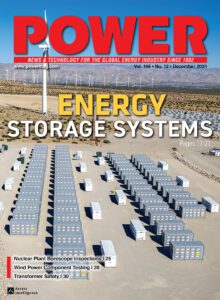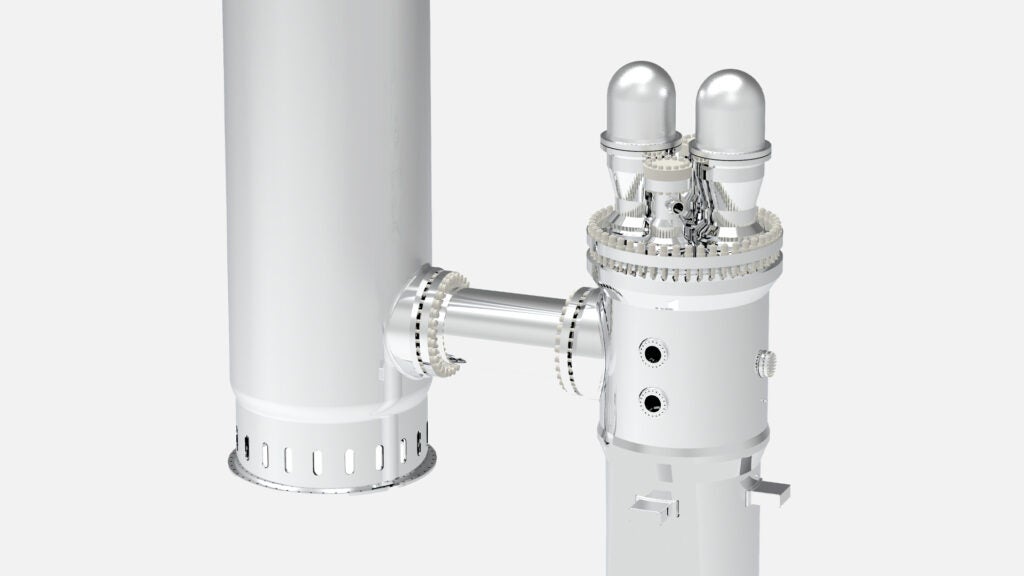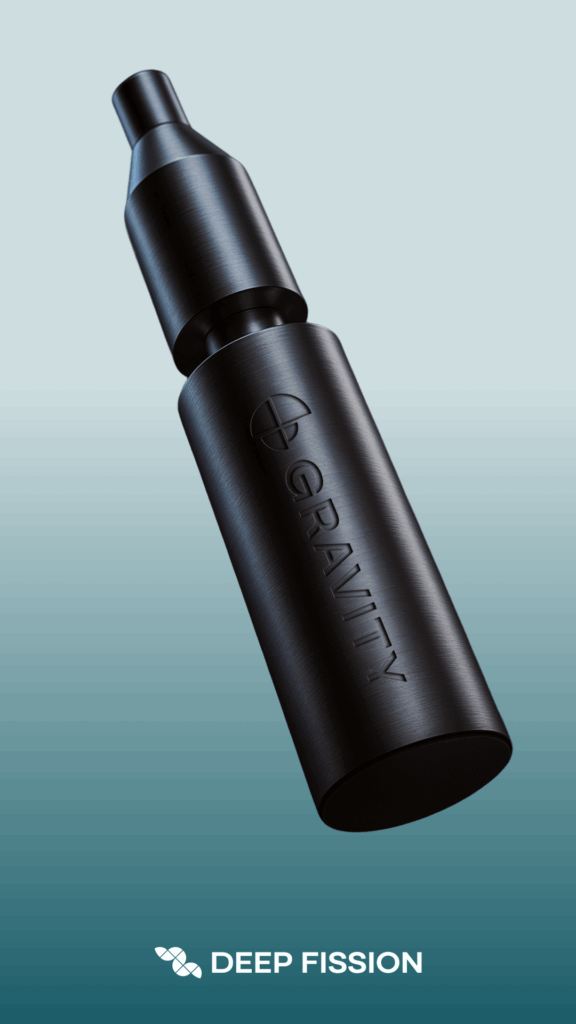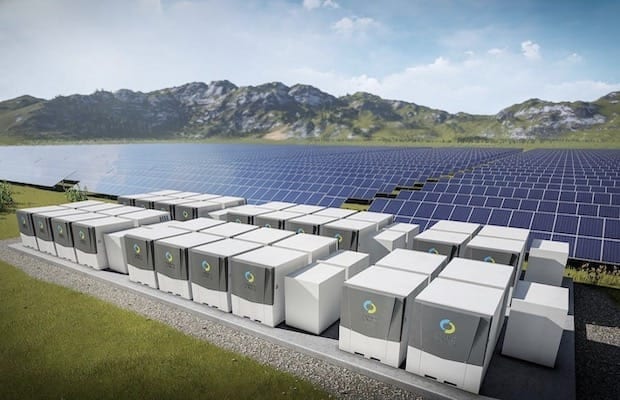Attendees of this year’s RE+ trade show saw several advanced designs for energy storage systems, with experts across utility-scale, commercial and industrial, and residential sectors providing insight into the future of the storage market.
The U.S. and global markets for energy storage continue to grow, with electric utilities and grid operators looking to make their power supplies more flexible, reliable, and resilient with utility-scale storage installations. Residential energy storage also is growing, as companies introduce systems to store excess energy from rooftop solar, support electric vehicle (EV) charging, and provide backup power during outages and other situations. Many of these systems also are being designed to provide energy for commercial and industrial (C&I) buildings.
Equipment for energy storage was a major focus of the RE+ renewable energy trade show in Anaheim, California, in September of this year. POWER, which partners with RE+, got a look at innovations touted by several companies, and also had the opportunity in recent weeks to speak with experts across the storage landscape about the current market for the technology and what the future holds.
“The energy storage market is growing across the board in utility-scale, commercial and industrial, and residential sectors… this growth is driven by growing demand related to the integration of renewable energy, grid stabilization, and resilience in energy,” said Brandon Young, CEO of Utilities Now, a Texas-based electricity broker. Young told POWER, “Utility-scale energy storage has been reported to see the biggest expansion since it plays an important role in balancing wind and solar energies, among other renewable energies, while reducing dependency on fossil fuels. In addition to that, the commercial and industrial segment is targeting energy storage to manage energy costs, assure power reliability, and achieve sustainability objectives. All in all, high policy support, along with declining battery costs, will continue to fuel market growth.”
Support for EV Charging
Companies involved in EV charging and its impact on energy storage were prominent at RE+, and also at the P3 Electrified Summit, held the week after RE+ in San Diego, California. POWER co-hosted the San Diego event along with P3, a sister company at Access Intelligence.
Shawn McLaughlin, CEO and founder of Colorado-based Emporia Energy, told POWER, “The most exciting new technology that will impact the market in the next few years is bidirectional EV charging. A bidirectional charger can both charge your electric vehicle and also pull stored energy from your vehicle’s battery for use in your home/building and even for export into the grid.”
McLaughlin said, “The vast majority of vehicles are parked 95% of the time. Electric vehicles have an enormous battery, five to 10 times bigger than the average stationary battery system, that is fully underwritten in the purchase of the vehicle. The only cost to start using that stored energy is a bidirectional charger and its installation. Vehicle owners will be able to use their car battery to manage time of use and demand charge utility tariffs, reducing their utility bills by 30% to 50% in some cases. Moreover, vehicle owners will get paid by their local utility for allowing them access to their car battery while it’s parked in their garage to manage peak usage on the grid.”
McLaughlin said Emporia is working on a bidirectional charger. “We currently have several working prototypes testing live, some with our automobile manufacturer partners. We will be submitting our bidirectional charger to UL [Underwriters Laboratories] for safety testing and certification early next year with an anticipated product launch in late 2025 or early 2026.”
Alex Urist, vice president of XCharge North America, an EV charging solutions provider, told POWER, “Large-scale storage projects are critical for supporting grid stability and integrating renewable energy. As battery costs decline, utility-scale projects are becoming increasingly viable, enhancing grid reliability, enabling frequency regulation, and providing energy arbitrage opportunities.” Urist, whose company specializes in direct-current (DC) fast charging and battery-integrated products designed for the North American power grid, added, “In the C&I sectors, energy storage systems offer significant cost-saving benefits, such as demand charge management, peak shaving, and backup power. Businesses are also integrating storage with renewable energy to reduce operating costs and bolster energy resilience.”
Urist added: “Homeowners are adopting residential energy storage, often paired with solar, to manage their energy usage and ensure backup power during outages. Advances in battery technology are making home systems more compact, efficient, and affordable, meeting consumer demand for reliable, self-sustaining energy solutions.”
PV Tech and Energy Storage
SMA, a company that specializes in photovoltaic (PV) system technology, unveiled its SMA Home Storage System at RE+. Show attendees were able to see the system, which also works to ensure energy efficiency and power resilience during grid outages, paired with the SPAN Smart Panel, an electrical panel that helps homeowners manage their energy usage and provides for future-proofing to enable upgrades for EV charging, heat pumps, induction cooktops, and more.
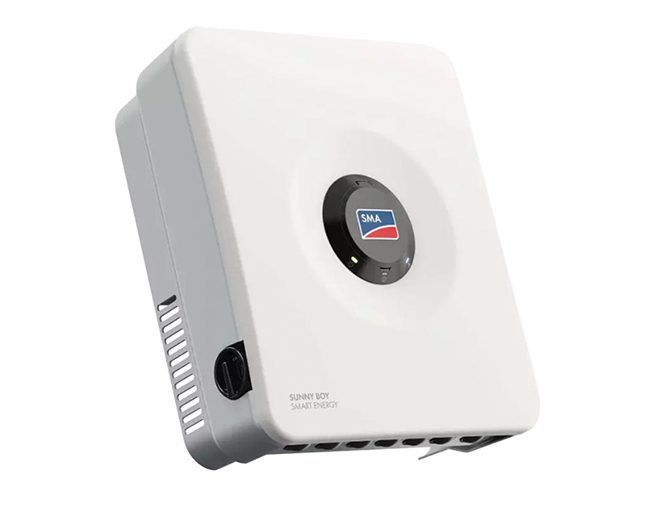 |
|
1. SMA showcased its Sunny Boy Smart Energy inverter, along with several more of its products, at the RE+ trade show in September 2024. Courtesy: SMA |
The SMA system is scheduled for release in 2025. SMA said the system “integrates storage and energy use into a single hybrid solution via the Sunny Boy Smart Energy inverter (Figure 1)—emphasizing SMA’s commitment to empowering residential energy independence.” SMA also showcased products for the C&I sector, including the Sunny Tripower CORE1, Sunny Tripower X, and Sunny Tripower Storage X inverters. These solutions, working with the SMA Commercial Storage system, provide flexible and scalable energy management tools, the company said.
SPAN’s panel is compatible with battery systems including the Tesla Powerwall, which can store energy from solar panels or the grid for residential use. It can also provide backup power during outages. It also works with the LG Chem RESU, a lithium-ion solar battery that can be paired with a solar panel system to maximize solar energy consumption and provide backup power.
Phillip Steven, CEO of Avail Solar, a Utah-based solar power company, told POWER, “In residential settings, energy storage solutions allow homeowners to store excess power generated from their solar rooftops. This stored energy can be used during nighttime or power outages, providing greater energy independence and reducing reliance on the grid.” Steven added, “Commercial and industrial businesses are also benefiting from energy storage by managing peak demand charges, improving energy reliability, and supporting their sustainability goals. These systems help businesses reduce energy costs and enhance operational resilience, making them a smart investment for long-term savings.”
Technical Advancements
SEVB, a China-based company and subsidiary of Sunwoda Group, showcased its energy storage cells (Figure 2) at RE+. The company touted “high performance in low-temperature charging, long service life, high energy efficiency, high energy density, low LCOS [levelized cost of service], and high C-rate.”
 |
|
2. China-based SEVB highlighted the company’s energy storage cells at the RE+ trade show. Courtesy: SEVB |
The company said its energy storage system (ESS) cell “passed 62 production compliance tests including high-power charging, constant voltage continuous charging, impact, seawater immersion, steady damp-heat, high-temperature storage, acupuncture, etc., and third-party certification” from UL and others. SEVB’s 314-Ampere-hour (Ah) energy storage cell features cell energy density of 180 Watt-hours per kilogram (Wh/kg), volume energy density of 395 Watt-hours per liter (Wh/L), and is designed for a 20-ft. 5-MWh energy storage system. The company said that with pre-replenishment lithium technology applied in its ESS cells, the 314-Ah cell “can achieve a cycle life of more than 15,000 times and a long service life of 25 years.”
Other systems showcased at RE+ were Generac’s PWRcell, a battery storage and management system that can capture, store, and distribute solar energy throughout a home. Panasonic showed off its EverVolt, a DC-coupled 11.4-kWh battery storage system that can provide enough backup energy for a home during an outage.
Young told POWER, “The next couple of years will likely see many promising technologies make their mark in the energy storage market. For one, solid-state batteries hold a great deal of potential to offer higher energy density, greater safety, and longer cycle life than traditional lithium-ion batteries. Meanwhile, flow batteries have drawn much attention for utility-scale projects owing to their capabilities to store quite a large amount of energy for extended periods of time without degradation.”
Residential Systems
The market for residential storage is being impacted by utilities and state regulators. Emmitt Muckles, program manager for residential operations training at Omnidian, told POWER, “All markets are leveling up regarding BESS [battery energy storage systems]… residential has been driven by the adoption of California NEM 3.0, the latest net metering offering for new residential customers. BESS helps to mitigate the high cost of energy in those markets by shifting the duck curve of energy usage. Additionally, some markets have shaved peak demands while others have maximized a home’s independent energy consumption.”
Muckles said, “Omnidian is looking at the performance ratios and residential integration of battery systems. The interest in the storage space is due to the high attachment rate of residential battery to newly installed PV systems with AC [alternating current] and DC coupling BESS architectures. Typically homes with existing PV systems will follow the AC coupling model due to the integration.”
“The market for energy storage is quickly growing nationally, led by several states that have already transitioned away from full retail NEM,” said Ben Airth, policy director at Freedom Forever, a California-based solar power group. “In California, where in 2022 the California Public Utilities Commission’s decision to value solar export credits based on an avoided cost calculation, energy storage attachment rates have reached nearly 95% when paired with solar. Without energy storage, the value of a solar credit exported during day is next to nothing. A battery is needed so those credits can be stored throughout the duration of the day and used to offset usage in the home when the cost of energy dramatically increases. This is all driven by the time-varying rates charged to customers that are at their lowest when solar is producing and at the highest as the sun begins to set and into the evening hours.”
Airth told POWER, “Illinois is another state that is driving the adoption of energy storage through rate design while offering an upfront incentive for solar and energy storage that fairly values these resources in relation to the benefit it will provide the grid. This is a win-win as the customer will receive the financial benefit of solar and energy storage through lowered utility bills, and the grid and utilities will receive clean solar resources that will reduce the need to build more dirty generation, and the poles and wires needed to transport the energy.”
Innovative Systems
Briggs & Stratton at RE+ promoted its newest innovation, teaming with Sol-Ark on a 6.6-kWh battery storage system (Figure 3) featuring SimpliPHI stackable batteries. Sequoya Cross, the vice president of Energy Storage for Briggs & Stratton Energy Solutions, told POWER, “This new system enables installation of 20 kWh in less than 20 minutes, taking away many of the challenges of wiring batteries through their innovative RapidStak technology. These 20-kWh stacks can be scaled up for larger systems up to 120 kWh, installed indoors or out, and carry all of the recent certifications such as UL 9540 Edition 3, as a standalone DC ESS that can be paired with any 48-V lithium supporting inverter.”
 |
|
3. Briggs & Stratton at RE+ promoted its newest innovation, teaming with Sol-Ark on a 6.6-kWh battery storage system featuring SimpliPHI stackable batteries. Courtesy: Briggs & Stratton |
Cross said, “The residential market has seen some ups and downs over the last couple of years, but recent legislation in California is driving battery adoption and retrofits at a record pace as people look to add systems under NEM 3 and create resilient backup to counter utility outages and escalating energy prices. In other parts of the country, such as Texas, Florida, and the Northeast, consumers have been hit hard [by storms] and are looking at energy storage as an alternative to generators to weather the power outages.”
Cross also noted, “The C&I market is poised for significant growth in 2025 as the price of storage continues to decline, making larger-scale batteries more affordable and shortening the ROI [return on investment] for these systems.” Cross added, “I believe that the greatest innovation will come from the software driving battery systems. The ability for systems to talk to each other and to the utility in more sophisticated ways will allow us to leverage these investments more effectively in the future. Having gaming principles and AI [artificial intelligence] to understand how we use energy storage so that it can evolve and change with individual use patterns will help us be able to be more intuitively responsive within our homes and businesses.”
Brett Benson, director of global renewable solutions and strategies for Emerson’s Power and Water Solutions business, told POWER, “The global and U.S. markets for energy storage are growing at a fast pace with utility-scale storage experiencing the most aggressive growth, followed by the C&I sectors, with residential as the smallest market but quickly expanding.”
Benson noted that residential storage “is showing increased promise, especially as a means of energy independence and resilience as the effects from more frequent and more severe weather events are becoming greater, causing more and prolonged outages. The 2024 RE+ event featured more ‘wall batteries’ and innovative modular battery systems, as opposed to a few years ago when only one wall battery manufacturer was highlighted.”
“The energy storage market for C&I applications is experiencing strong growth as businesses prioritize energy resilience, cost savings, and sustainability,” said Tiffany Tye, assistant general manager for Toshiba International Corp. “Energy storage is essential for optimizing energy usage, managing demand, and integrating renewable energy sources. The need for these solutions is becoming more pressing as energy costs rise and sustainability targets tighten.”
Tye told POWER, “One significant driver of this growth is the rapid expansion of artificial intelligence, which is fueling the creation of new data centers. These data centers require reliable power to ensure continuous operations, making battery energy storage systems crucial for maintaining uptime, reducing energy costs, and enhancing overall system reliability. Toshiba’s lithium-titanate-oxide battery energy storage systems are already being utilized in some of the country’s largest data centers to meet these needs.”
Steven of Avail Solar said new technologies and system scalability will drive future growth in storage. “Trends in the energy storage market show a significant push towards more advanced and scalable solutions. Government incentives and technological advancements are lowering costs and increasing the accessibility of storage systems for various applications,” he said. “Innovations such as solid-state batteries and improved energy management software are enhancing the performance and lifespan of storage solutions, making them more attractive to both consumers and businesses.”
—Darrell Proctor is a senior editor for POWER.


